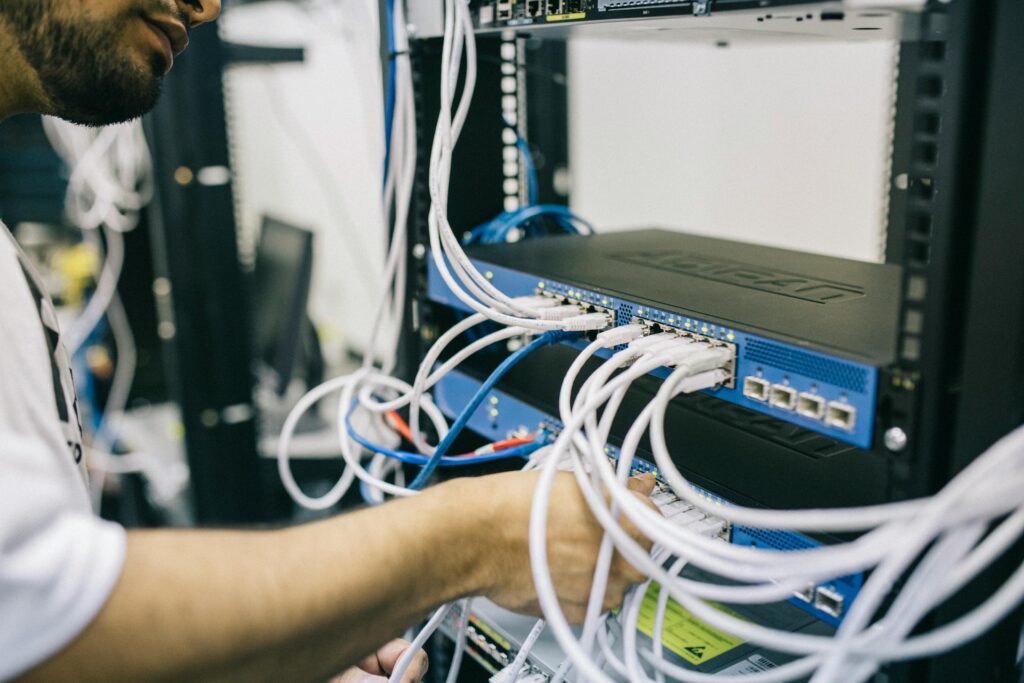Especially as companies grow to new offices or areas, juggling IT support across several sites may be a difficult chore. From guaranteeing network security to preserving compliance, businesses have difficulties keeping their IT operations effective.
What is Multi-Location IT Support?
Managing IT services and infrastructure across several corporate sites guarantees consistency, security, and efficiency in multi-location IT support. This is absolutely vital for businesses running several sites or branches where flawless IT operations might be challenging. Managing technological infrastructure presents difficulties for companies with several sites, including network security, software updates, device management, and making sure all systems are aligned and running as they should.
Multi-location IT assistance guarantees quick resolution of IT problems, thereby keeping companies working across many sites in good operation. This support is crucial for maintaining a consistent IT environment, centralizing IT administration, and lowering expenses. Strong multi-location IT support systems enable businesses to remain competitive and efficient as remote work and distributed teams become more common.
Strategies for Effective Multi-Location IT Operations
Managing IT successfully across several sites calls for a strategic approach to simplify processes, increase security, and raise productivity. These are important tactics companies may use to maximize their multi-location IT support:
1. Centralize IT Management
By centralizing IT administration, companies can see their whole IT system from all points of view across all sites. Companies that centralize security administration, system updates, and monitoring can keep consistency, react fast to problems, and lower running complexity. This system guarantees that every location follows the same IT guidelines, therefore improving security and efficiency.
2. Leverage Remote IT Support Solutions
Secure remote support solutions depend on providing quick assistance across several sites without requiring on-site visits. These systems let IT team’s access devices, fix problems, and undertake maintenance regardless of physical location, lowering downtime and travel expenses. Products like Screenmeet let companies offer quick and safe remote help, therefore guaranteeing that every site gets the same degree of service and support wherever it is located. This method guarantees constant assistance throughout sites and improves efficiency.
Remote IT support solutions depend on providing quick assistance across several sites without the requirement for on-site visits. These systems let IT teams access devices, fix problems, and undertake maintenance regardless of physical location,
3. Implement Robust Cybersecurity Measures
Businesses with several sites must apply uniform cyber security policies throughout to stop data leaks and safeguard network integrity. Establishing a safe and cohesive network by means of secure access solutions and guaranteeing that every site adheres to the same cyber security standards—that of VPNs and encryption—helps. Furthermore, regular security audits and centralized monitoring can improve security and compliance.
4. Adopt Scalable and Flexible IT Solutions
Growing businesses need scalable IT solutions that develop with them into other areas. Using flexible IT tools and architecture lets businesses easily add new sites and run them without redoing their current systems. Scalable solutions guarantee that additional sites seamlessly fit the current IT environment and enable easier maintenance of consistent support.
5. Automate Routine IT Tasks
Managing multi-location IT support effectively may be accomplished with great power from automation. Automating common chores such system monitoring, patch management, and software updates guarantees consistency across all sites and helps lower hand-made effort. Automation lets IT teams concentrate on more difficult and important problems and reduces the possibility of human mistakes.

